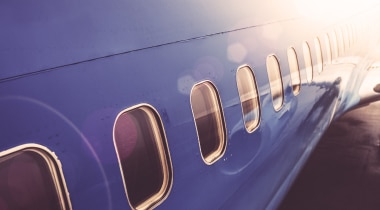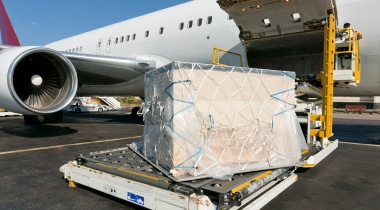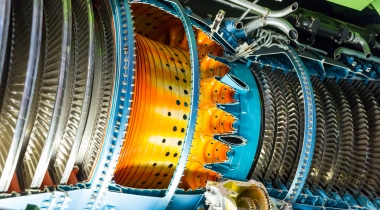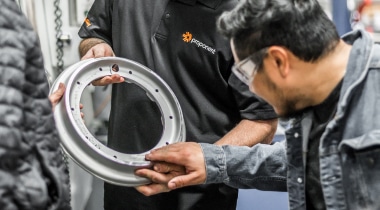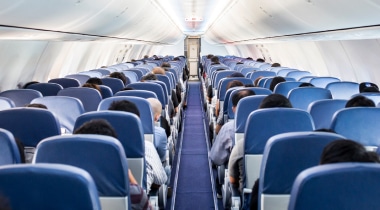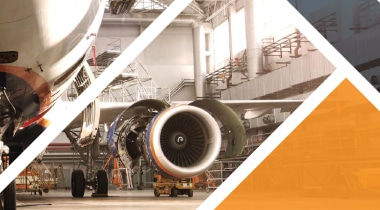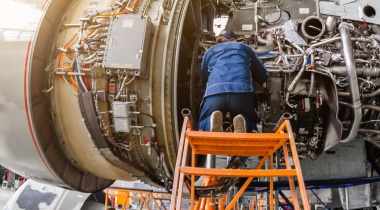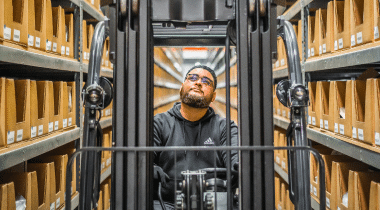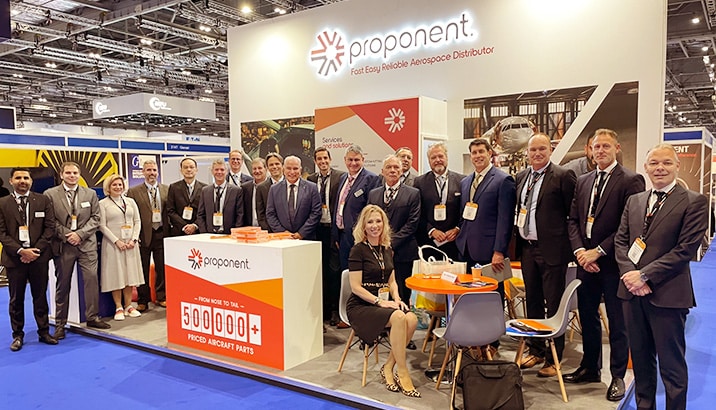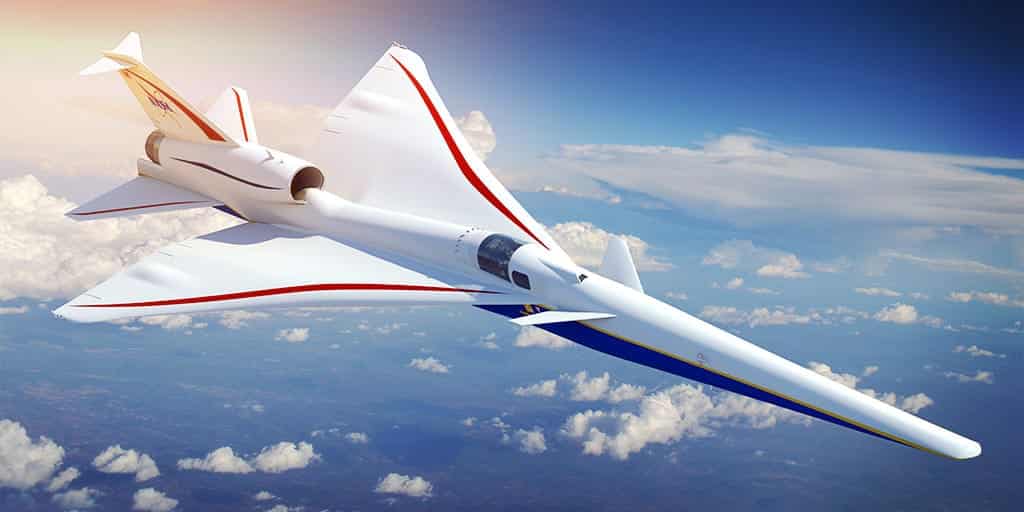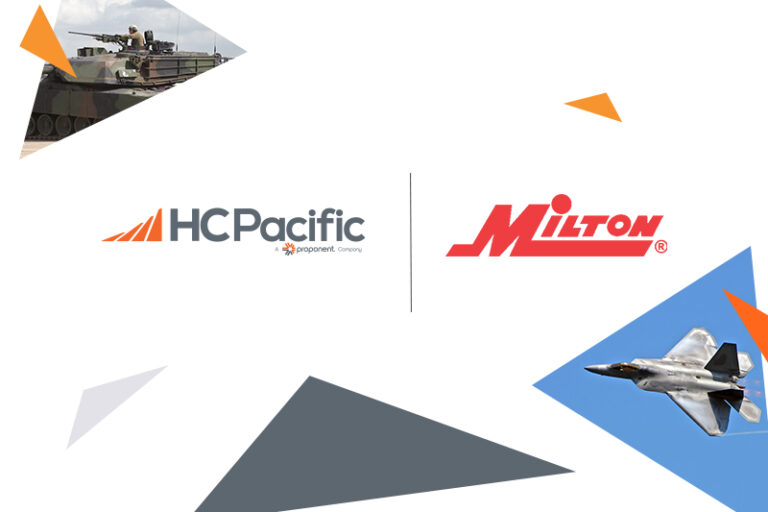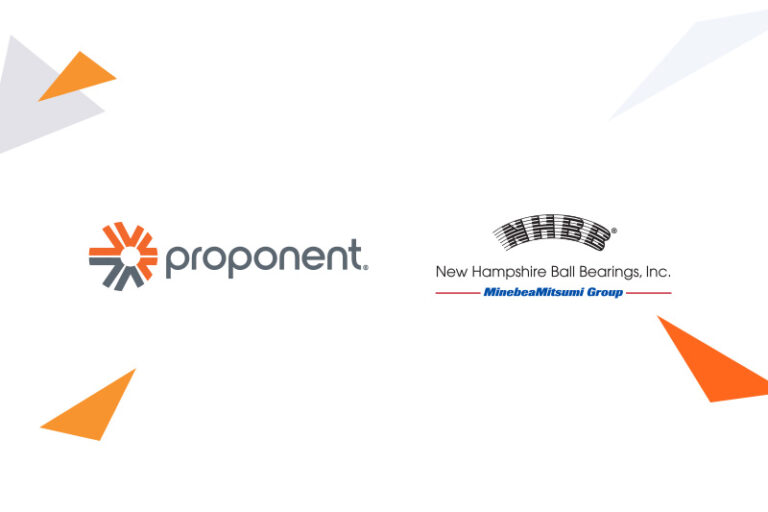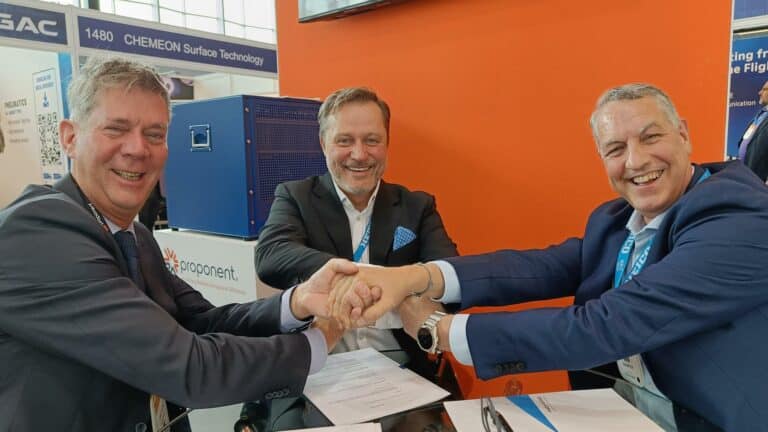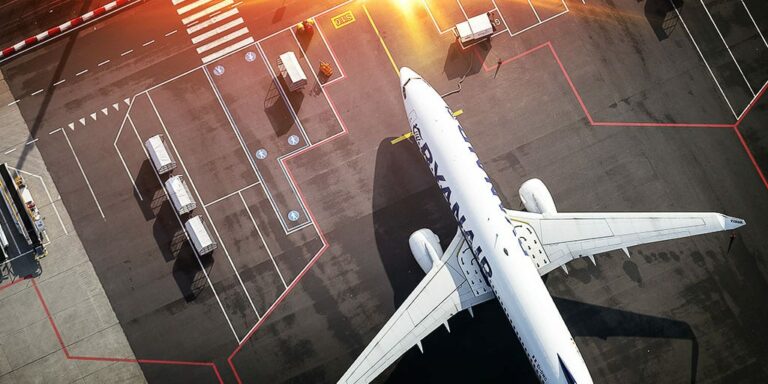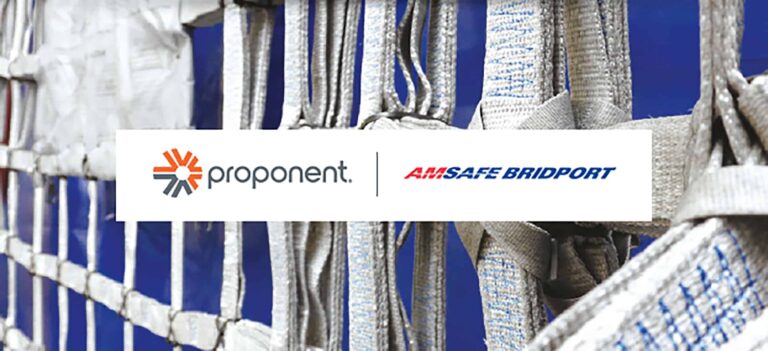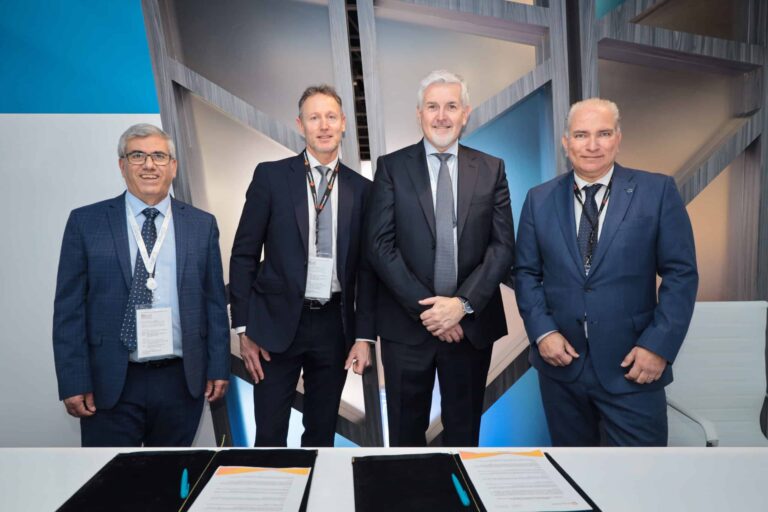We’re one step closer to supersonic flight over land, as Lockheed Martin’s Skunk Works announced recently that they have begun manufacturing parts for the next NASA X-Plane, the X-59 QueSST (“Quiet Supersonic Transport”) low-boom demonstrator. Lockheed also revealed an updated timeline, committing to delivering the aircraft in late 2021, to begin flight tests in 2022.
Even in an industry like aerospace, where innovation is rampant and part of our DNA, it never comes all at once. That is why NASA’s X-Plane program is so exciting: You get to peek behind the curtain a little bit, to see the brightest minds in aerospace engineering design planes that are created solely for innovation, using experimental technologies that are intended to prove out a theoretical solution to an industry-wide problem, but which will not necessarily be implemented on a commercial scale — Although, if the challenge that is being addressed is important enough, the principles behind the experimental solution may be employed in an altered format, to make it more feasible for fleet-wide implementation.
A good way to think of it is in the context of high fashion vs. retail fashion. The exaggerated, sometimes garish, custom-created outfits and accessories in a fashion show are created to impress and to demonstrate certain themes or innovations — You’ll never see those same outfits on the racks. But you may be able to walk into a Target or a Walmart eight months later and see some of the same principles that have been tweaked for mass production.
In the case of the X-59 QueSST, Lockheed Martin engineers are creating an aircraft that will address the issue of sonic booms. Currently, the FAA prohibits supersonic flight over land, due to the extreme noise events caused by a plane traveling faster than the speed of sound. Lockheed has designed a low-boom plane that it hopes will demonstrate the feasibility of reaching these advanced speeds over populated areas, which would significantly decrease the flight times of long, but oft-traveled routes.
The supersonic Concorde famously completed the trip from New York City to Paris in three and a half hours as opposed to eight hours on a commercial subsonic plane. But the vast majority of that flight was over water. If the QueSST technology is successfully implemented, with a cruising speed of Mach 1.42 (940 mph) at an altitude of 55,000 feet, a trip from NYC to Los Angeles might only be the length of a movie, instead of half a day.
So, how significant will the difference in noise be? The ground noise is expected to be around 60 dB(A), about 1/1000 as loud as current supersonic aircraft. This is achieved by utilizing canards on the long, narrow airframe of the X-59, to keep shock waves from coalescing.
Though we may not have the full results of this experimental program until the middle of the next decade (NASA’s timeline for a final report, after testing and surveying the public in heavily populated areas, is 2025), the huge leap forward that this could provide for commercial flight is well worth the wait.
